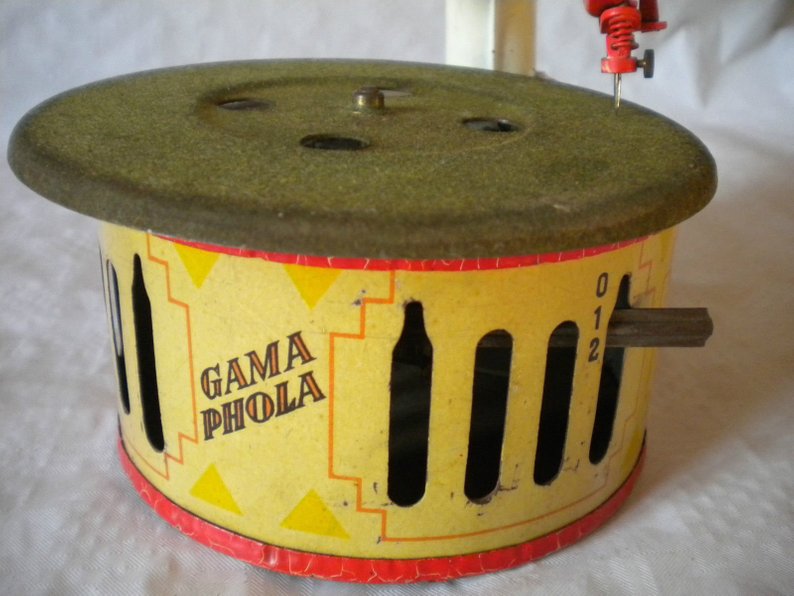
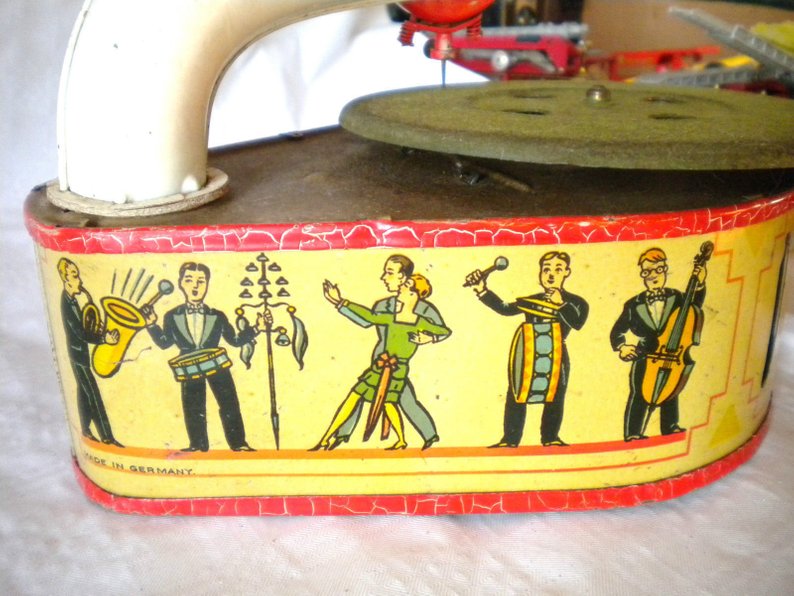
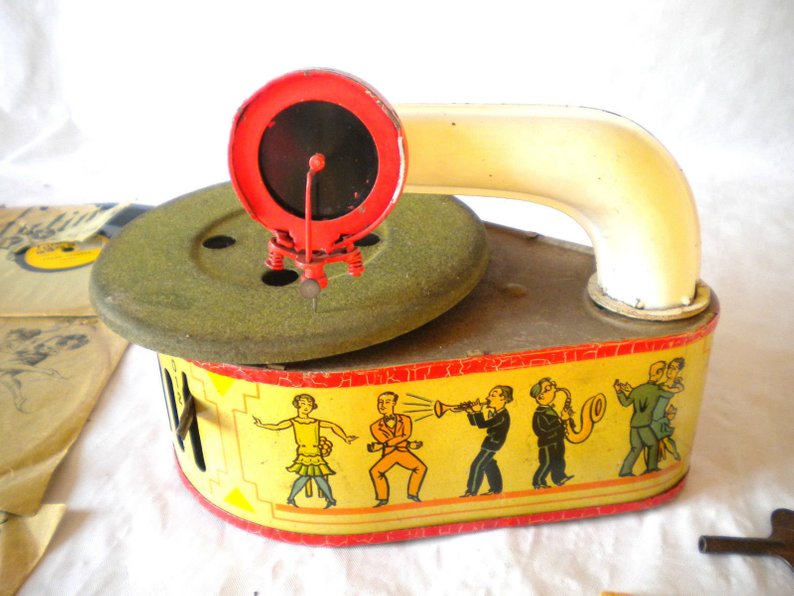
Gama Phola - German
toy phonograph manufactured in 1920's
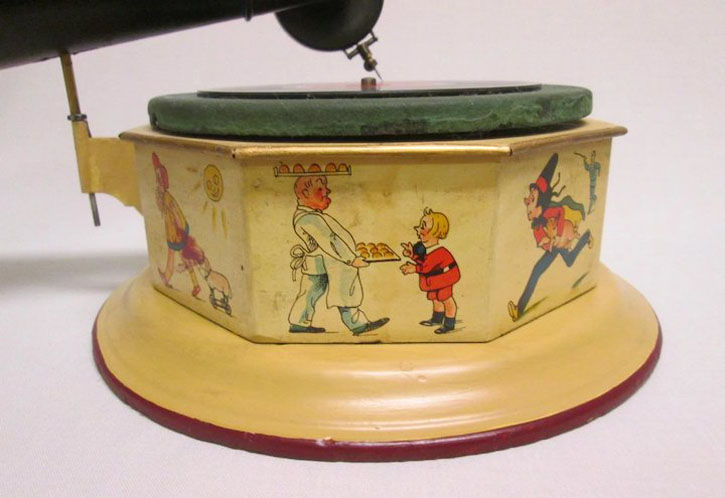
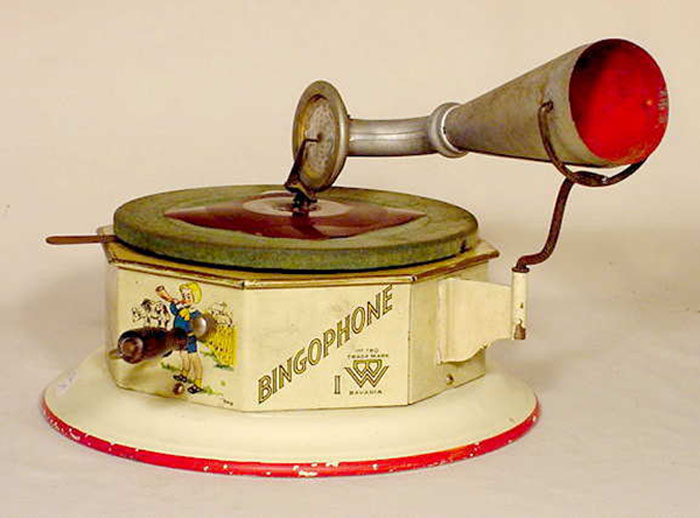
(1)
The Bing Corporation in New York, which was the American branch of
the German company called Bing Werke (Gebrüder Bing AG) in Nuremberg.
In 1925 the Bing Corporation introduced its own gramophone called
Bingophone. (Courtesy
of the 78rpm-Club)
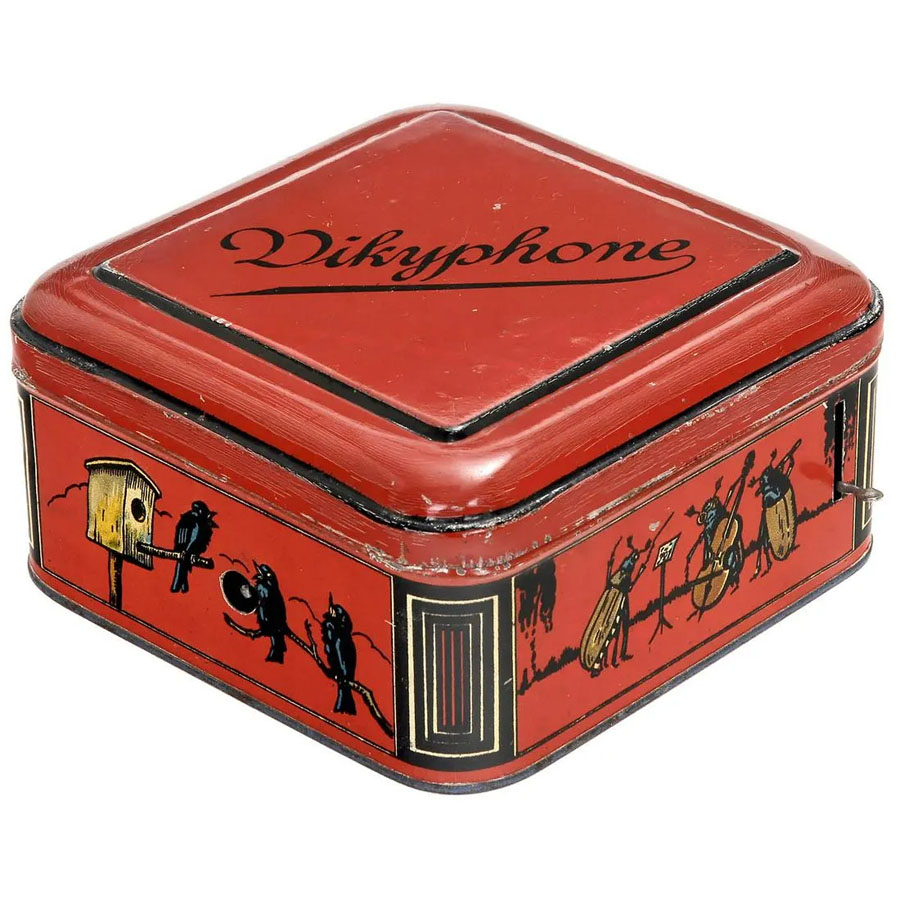
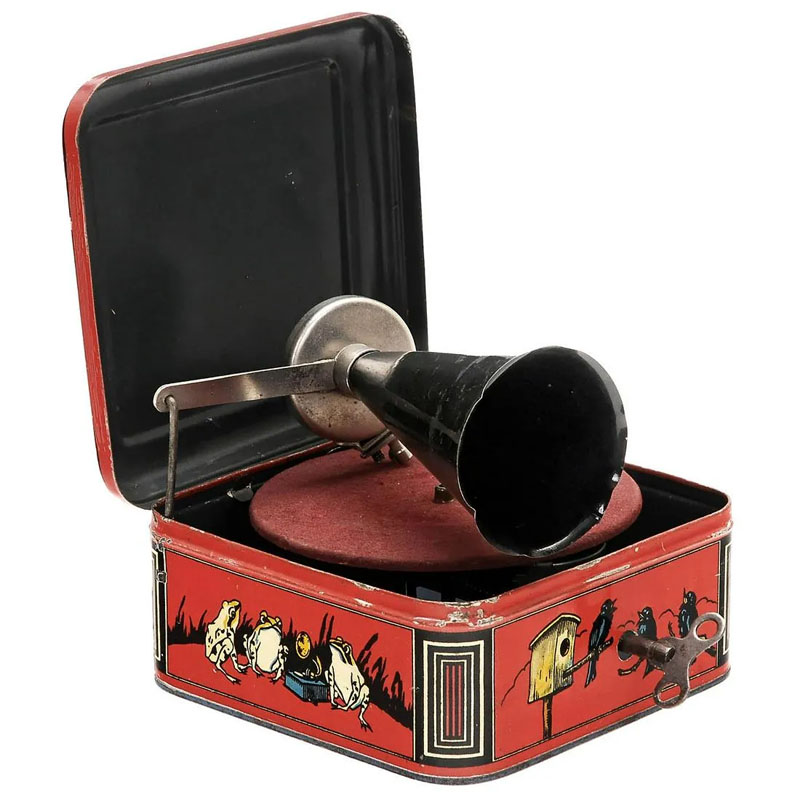
"Vikyphone" Toy Gramophone,
c. 1925, Germany, clockwork, lithographed animal motifs with nice
image of frogs and a gramophone.
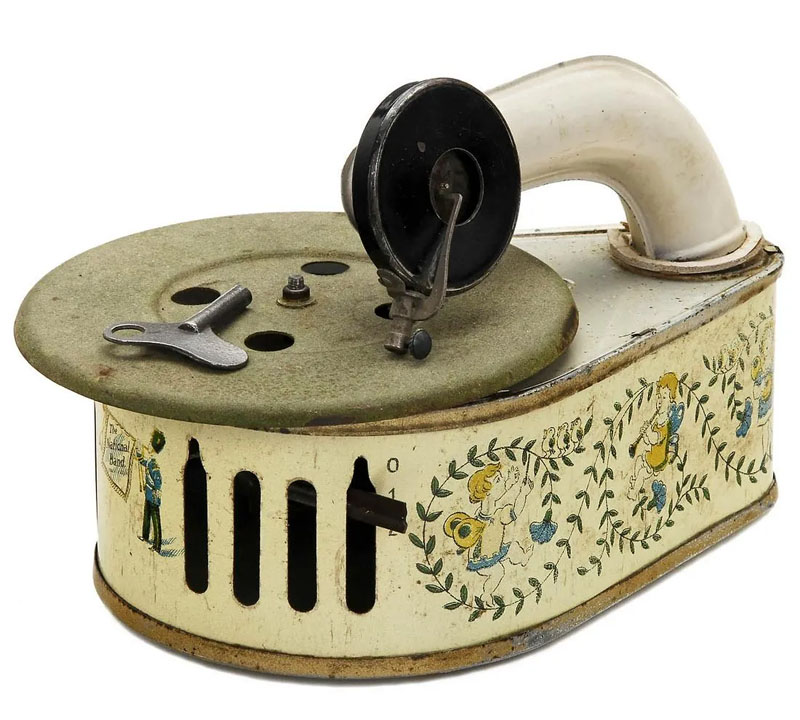
"The National Band" Toy
Gramophone, c. 1925, Gama, Georg Adam Mangold, Fürth, Germany. (Courtesy
Auction
Team Breker)
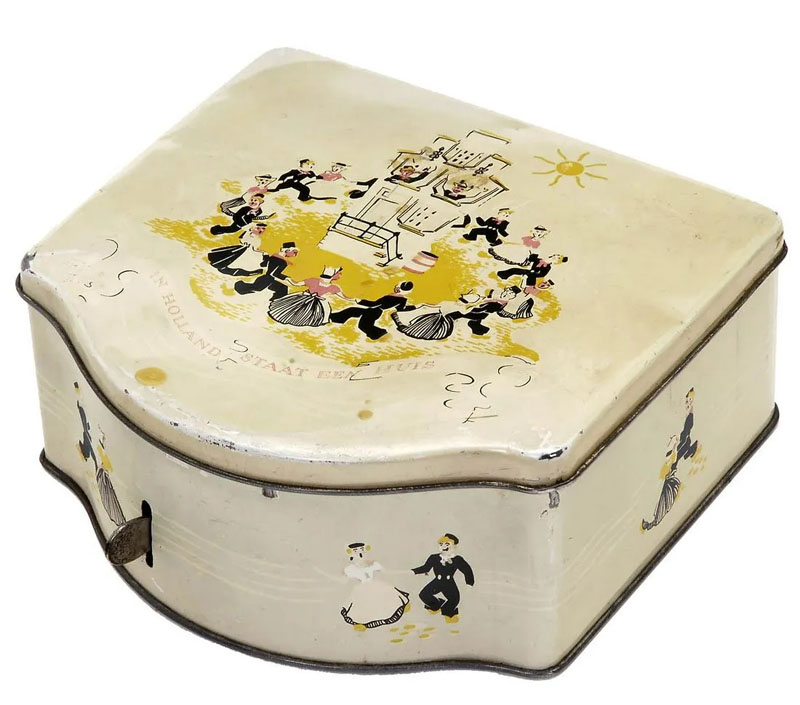
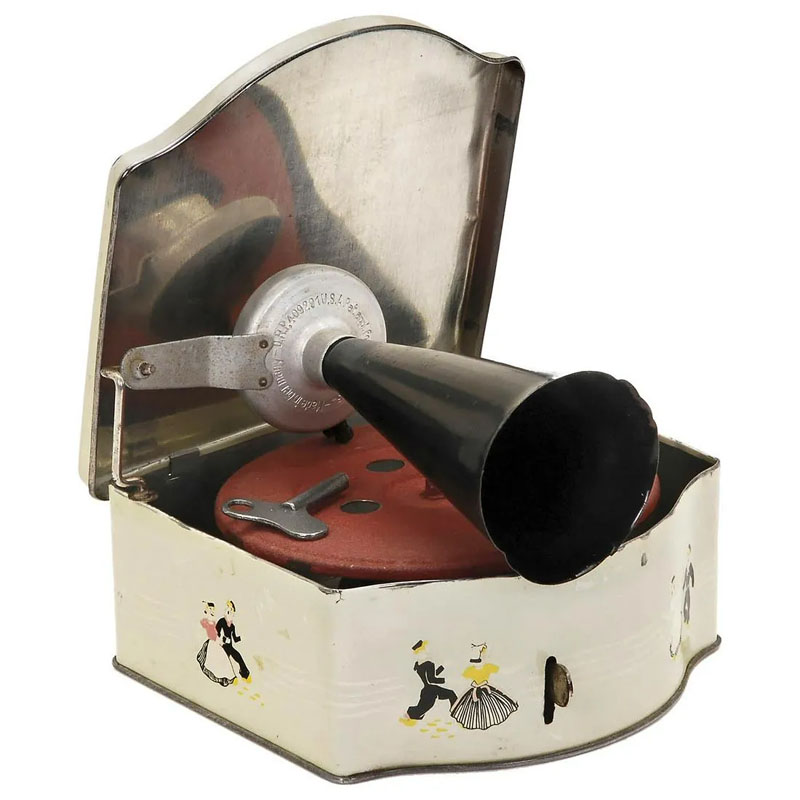
Dutch Toy Gramophone, c.
1925 "In Holland Staat een Huis"; lithographed tin, decorated with
dancing couples in Dutch costumes, German reproducer, spring-driven.
(Courtesy Auction
Team Breker)

Dixyphone - German
toy phonograph manufactured in 1920's
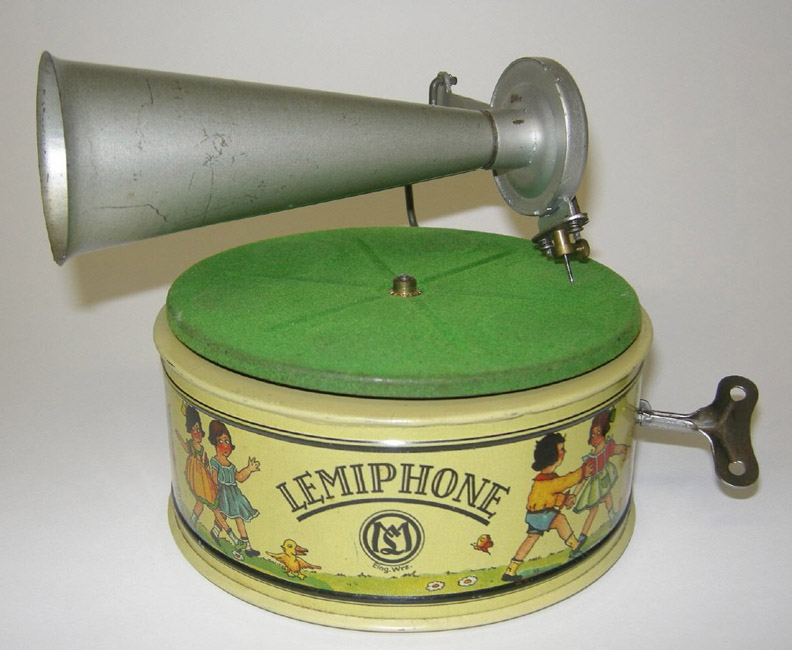
Lemiphone - See
Lemiphone for the lithographs
that go around the base.
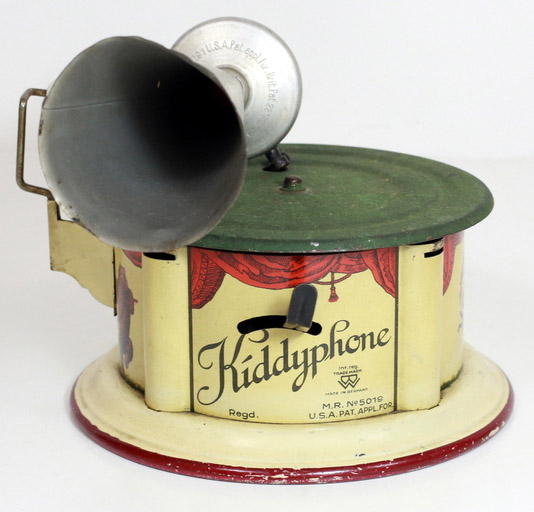
Kiddyphone - Mfg
by Bing - German Toy Phonograph Manufacturer c. 1925
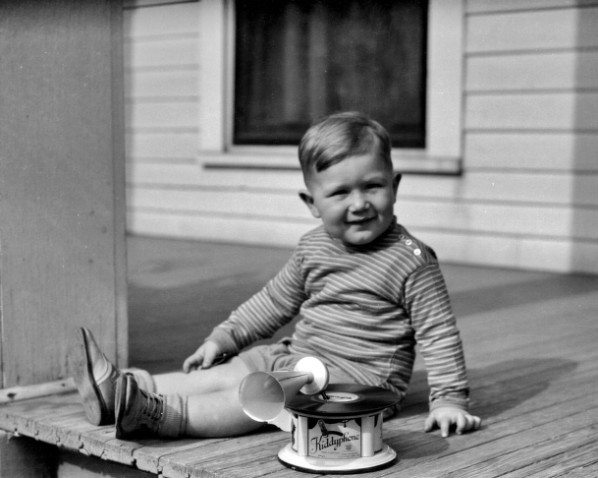
Credits
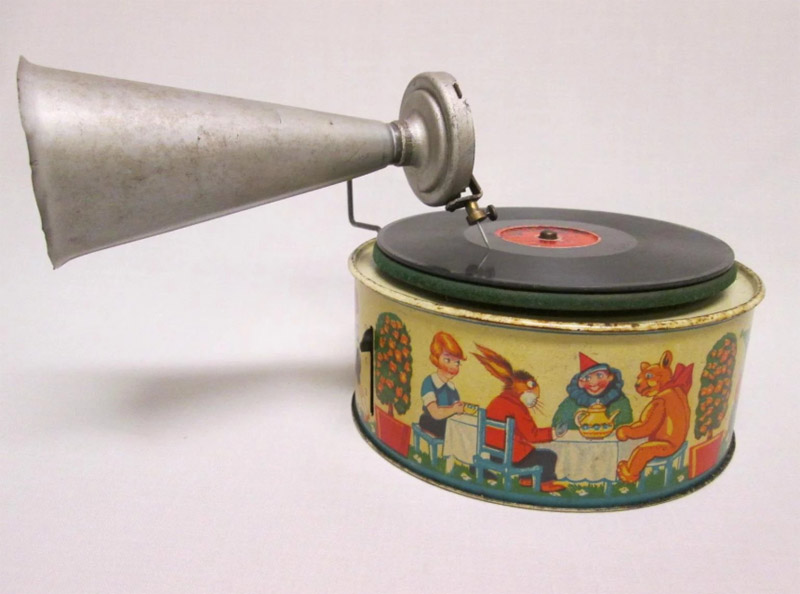
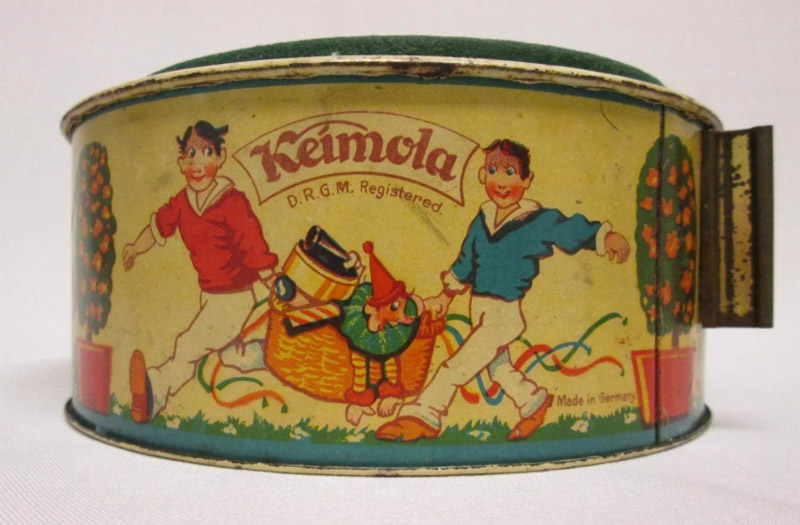
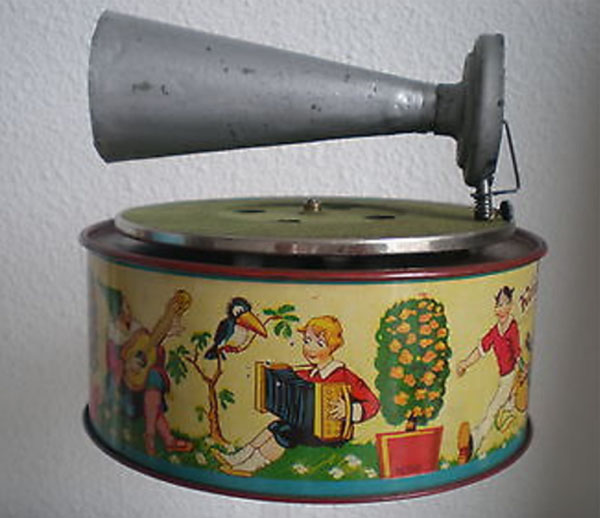
Keimola - Made
in Germany
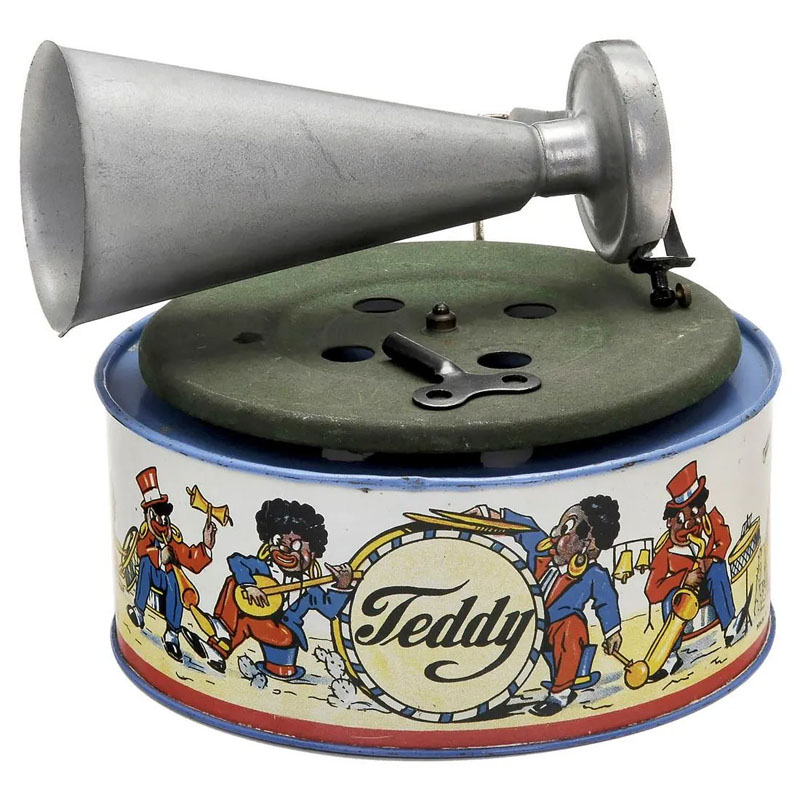
"Keimola Teddy" Toy Gramophone,
c. 1925 Germany, no. K808, Keim & Co., Nuremberg, lithographed tin,
spring-driven. Courtesy Auction
Team Breker)
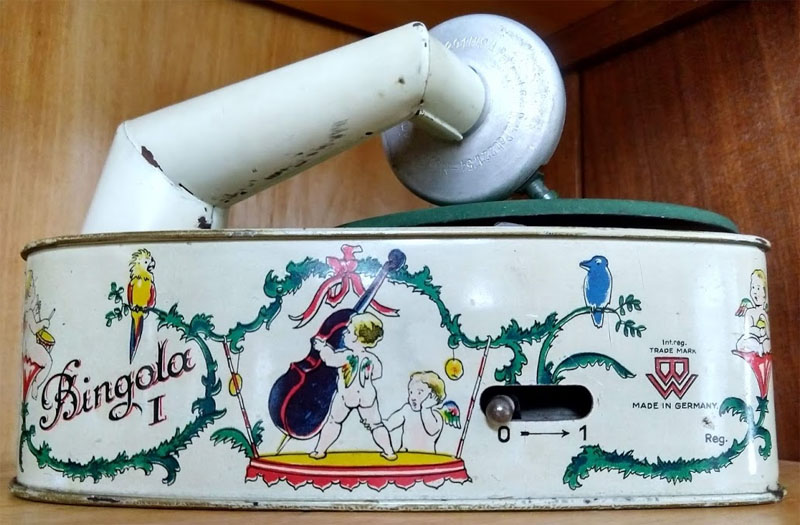
Bingola I

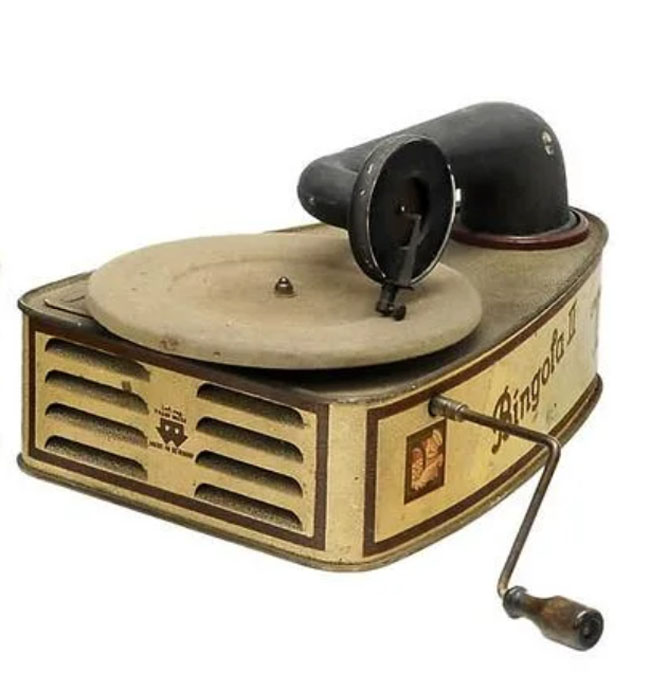
Bingola II, 1925
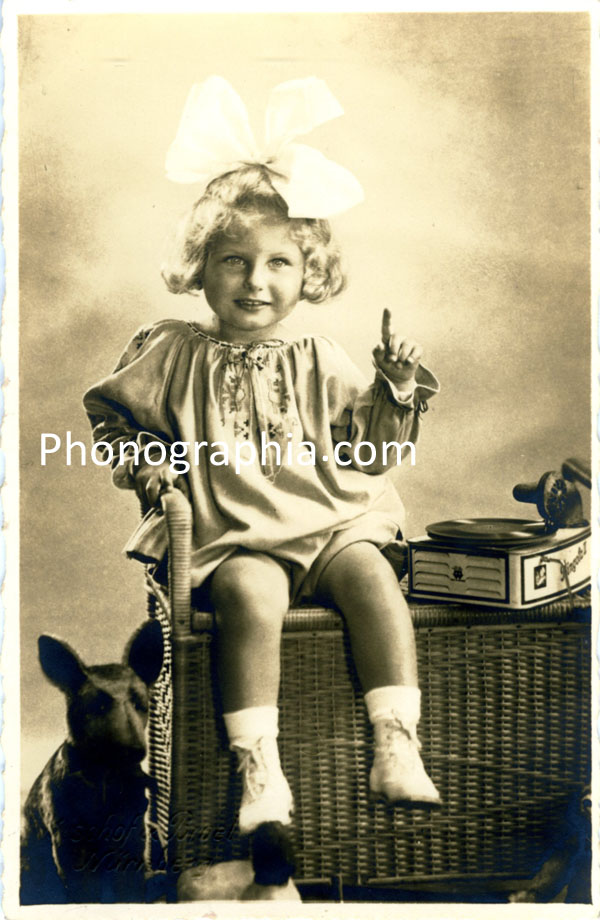
Little girl and dog with
Bingola II, ca. 1925
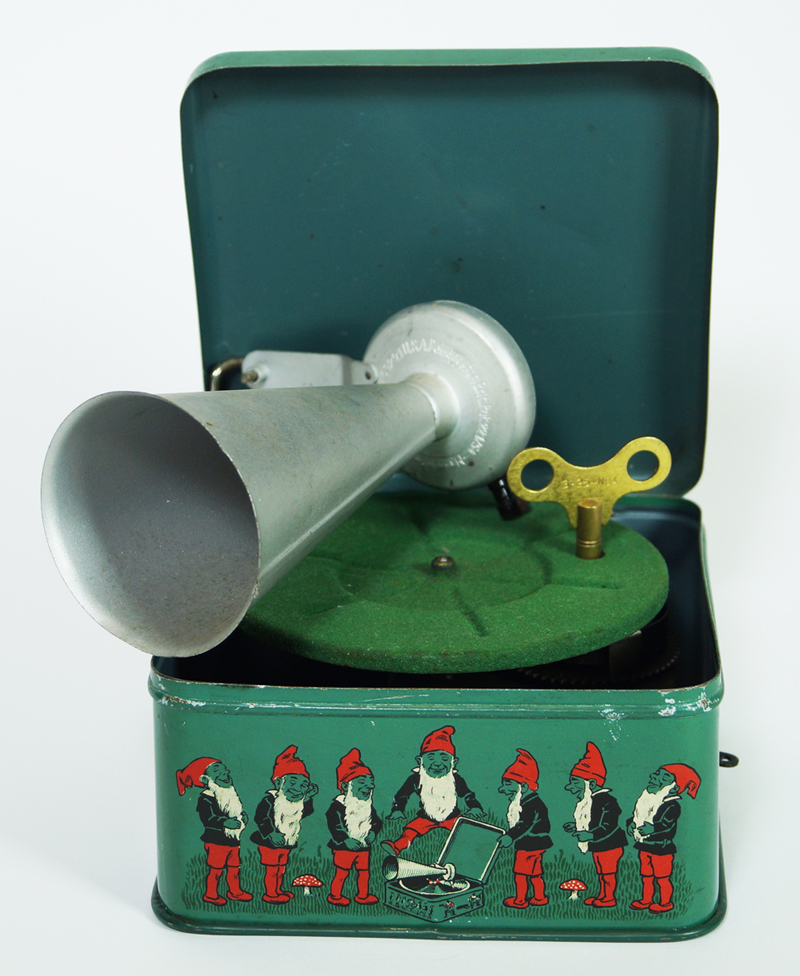
Bing Pigmyphon (green
model) circa 1925
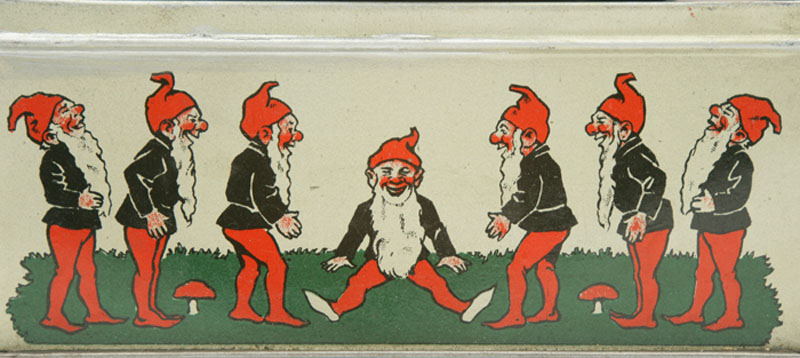
Bing Pigmyphon (white
model) circa 1925

Disclaimer
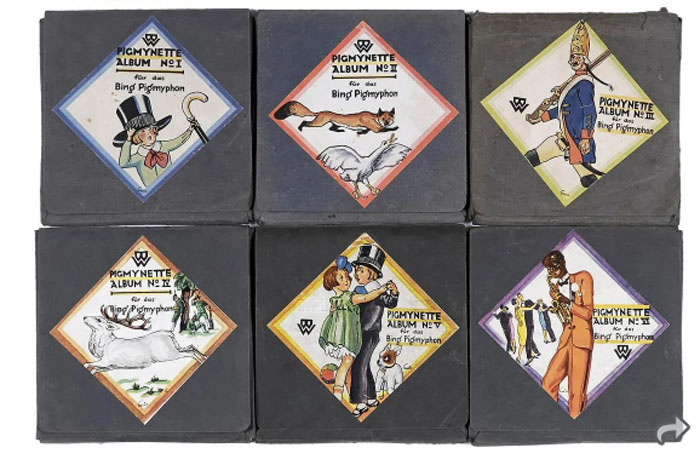
Pigmynette Record Albums
No. I - VI for Bing Pigmyphon
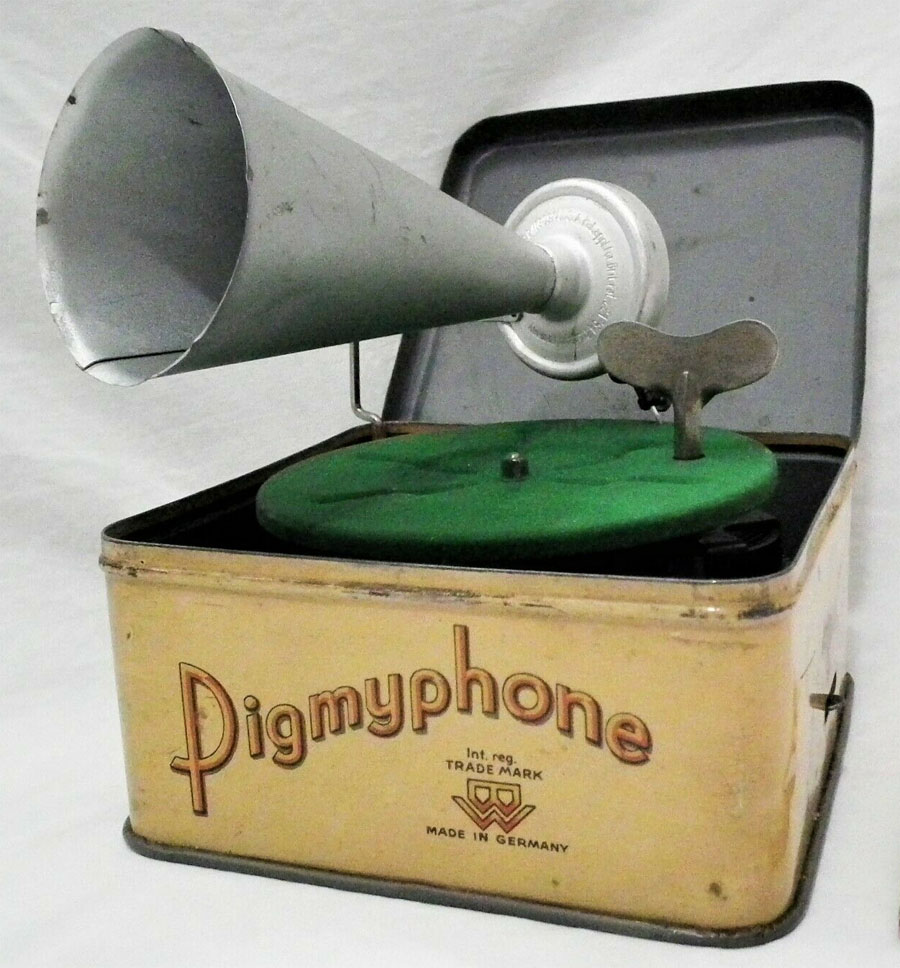
Pigmyphone circa 1925
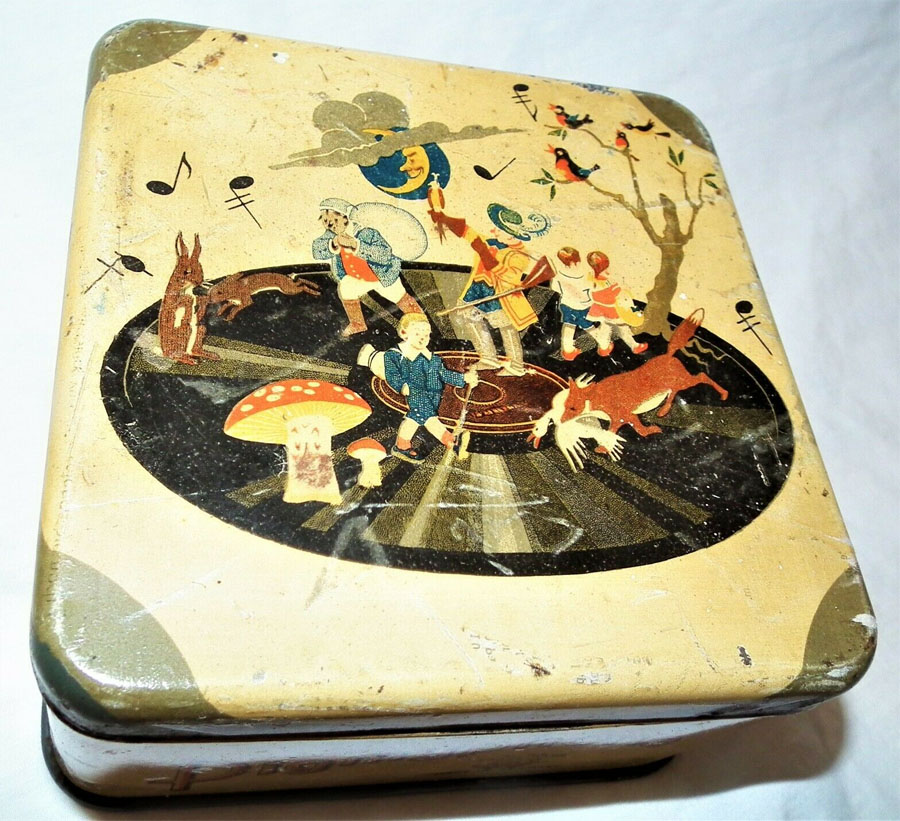
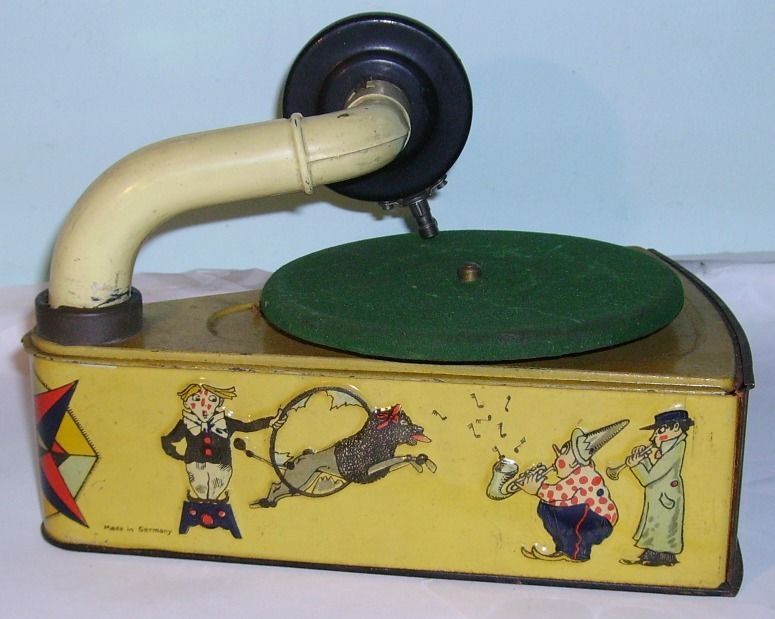
Tin Toy Gramophone made
in Germany circa 1925
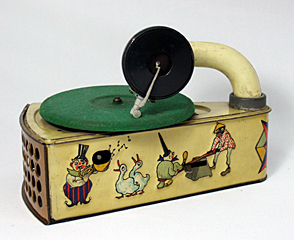

Niftyola style gramophone
(unmarked)
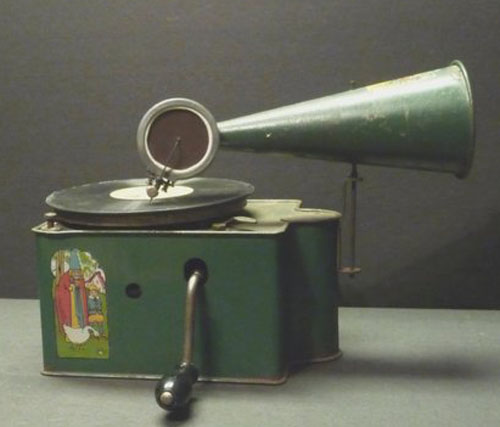
Genola – General
Phonograph Company, Elvira, Ohio. EM
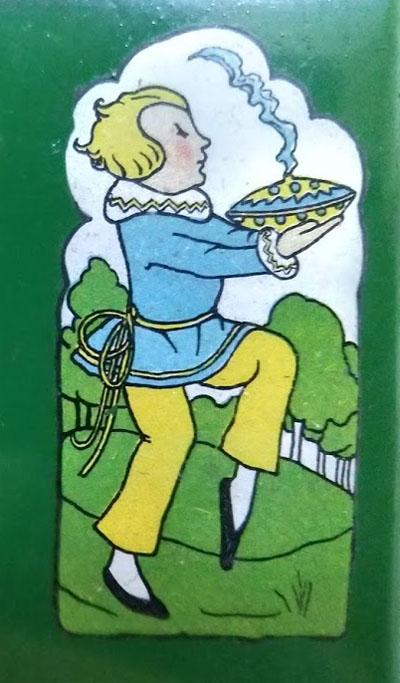
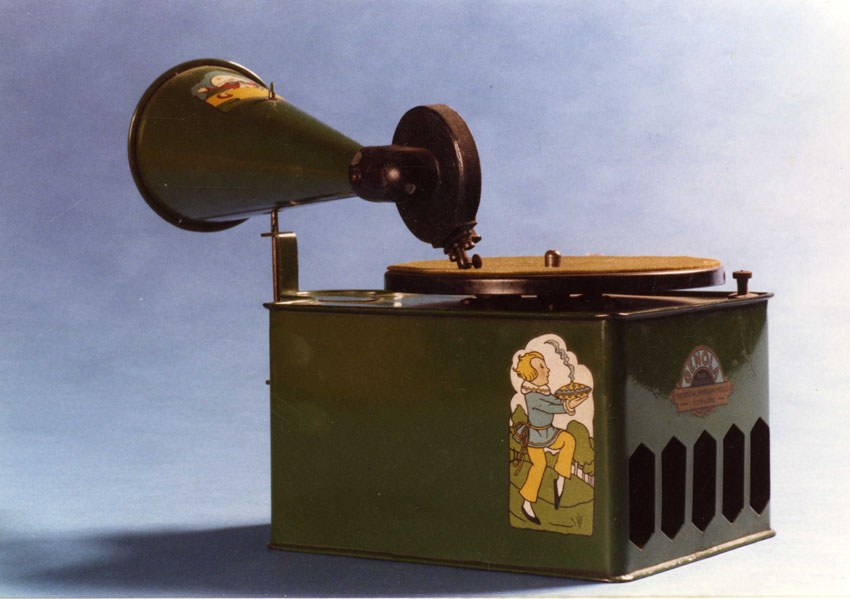
Genola
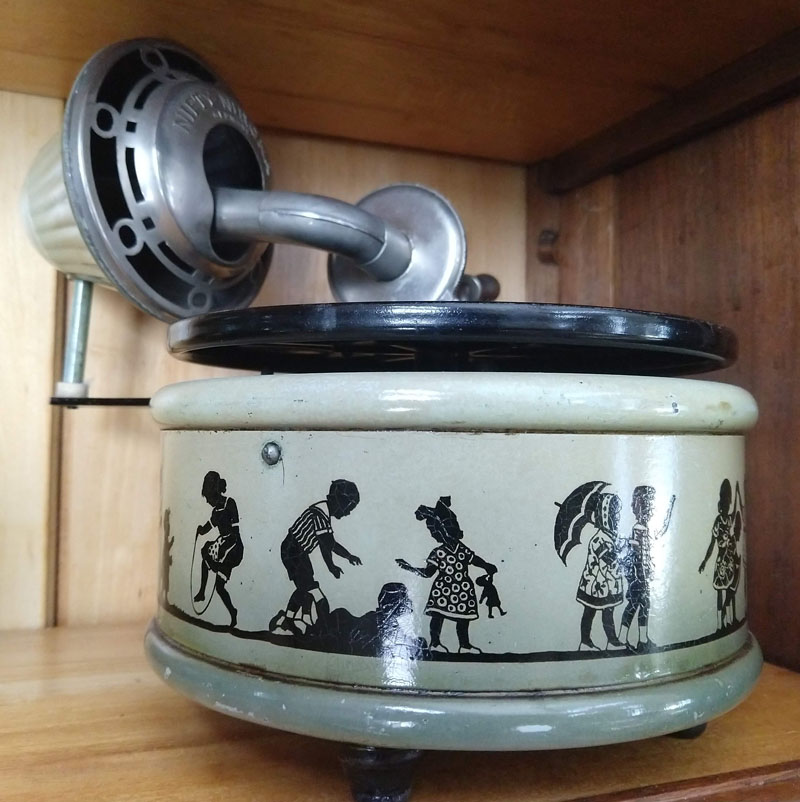
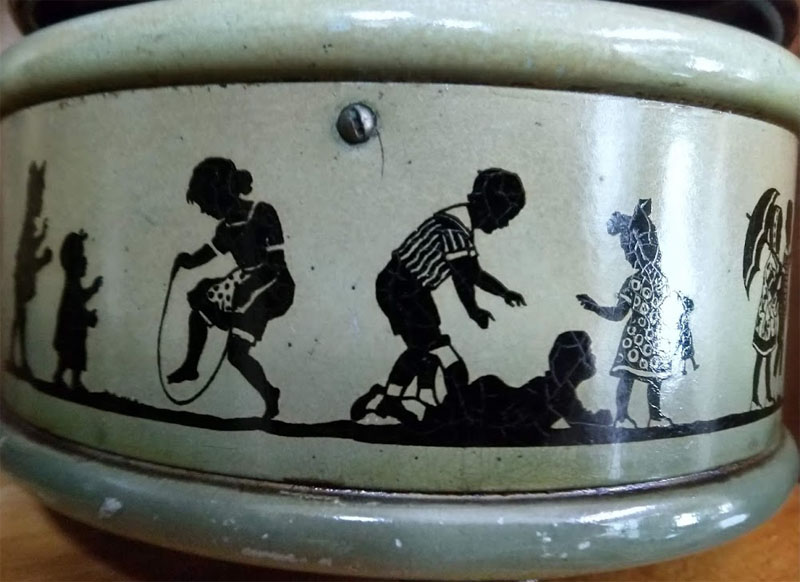
Nirona Gramophone circa
1925 Silhouette Lithographs
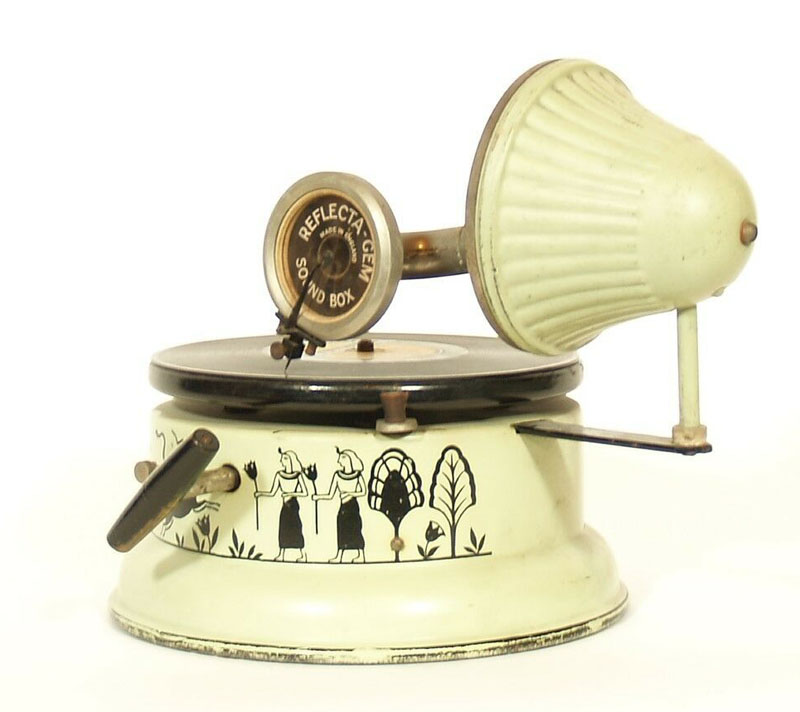
Reflecta-Gem –
Made in England but based on the German Nirona, circa 1923
The decoration of the
Reflecta-Gem is designed to exploit the Egyptian "Tut-mania" craze
that was sweeping the world after British archaeologist Howard Carter
and his workmen entered the tomb of King Tutankhamen in the Valley
of the Kings in Egypt on November 26, 1922.
See "Tut-Mania
and The Phonograph" for more examples of the commercialization
of King Tut by the Phonograph Industry.
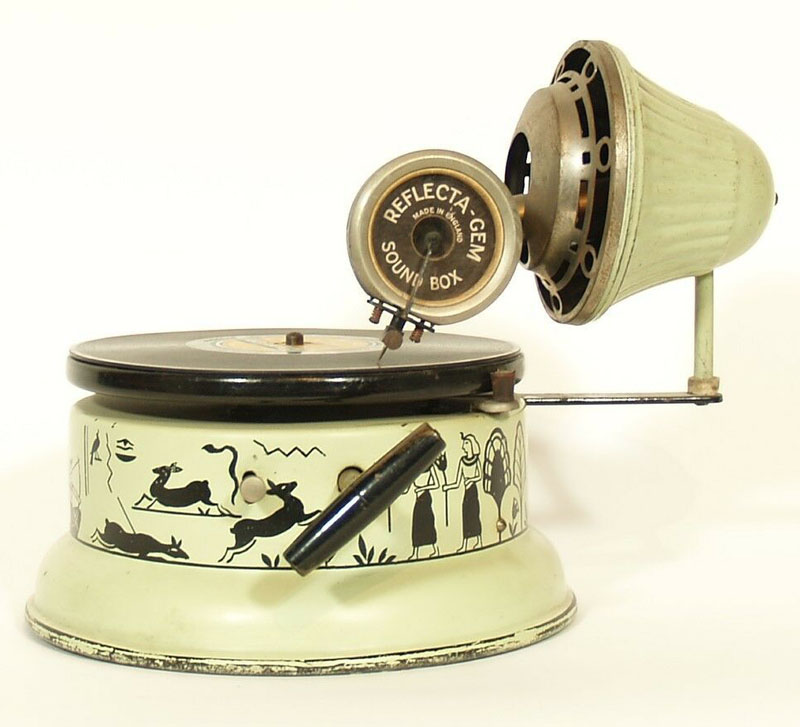
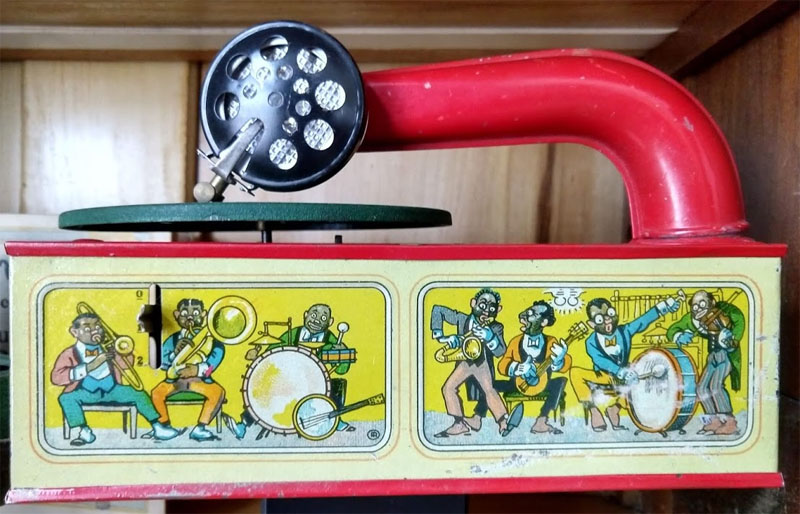
Made in Germany circa
1920s - Trademark unidentified

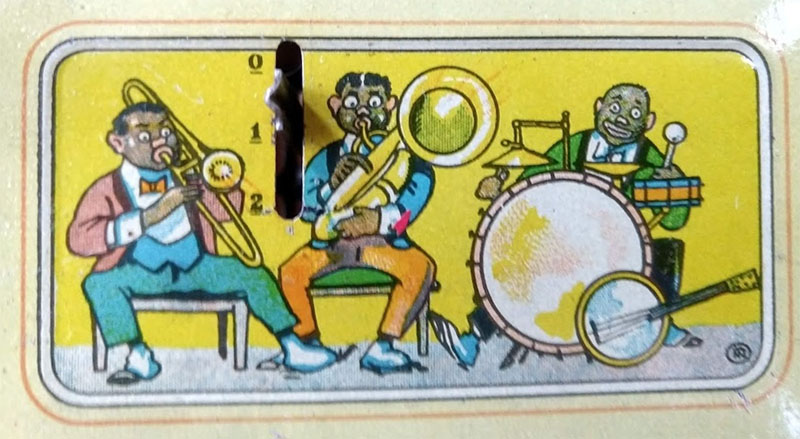
Disclaimer
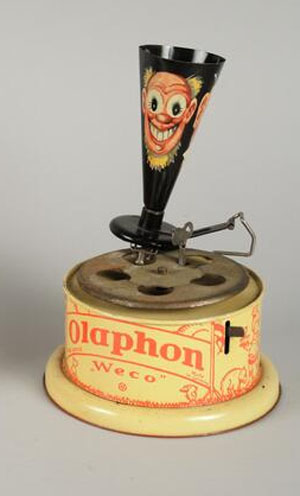
Olaphon – Made
by Weco ca. 1925's
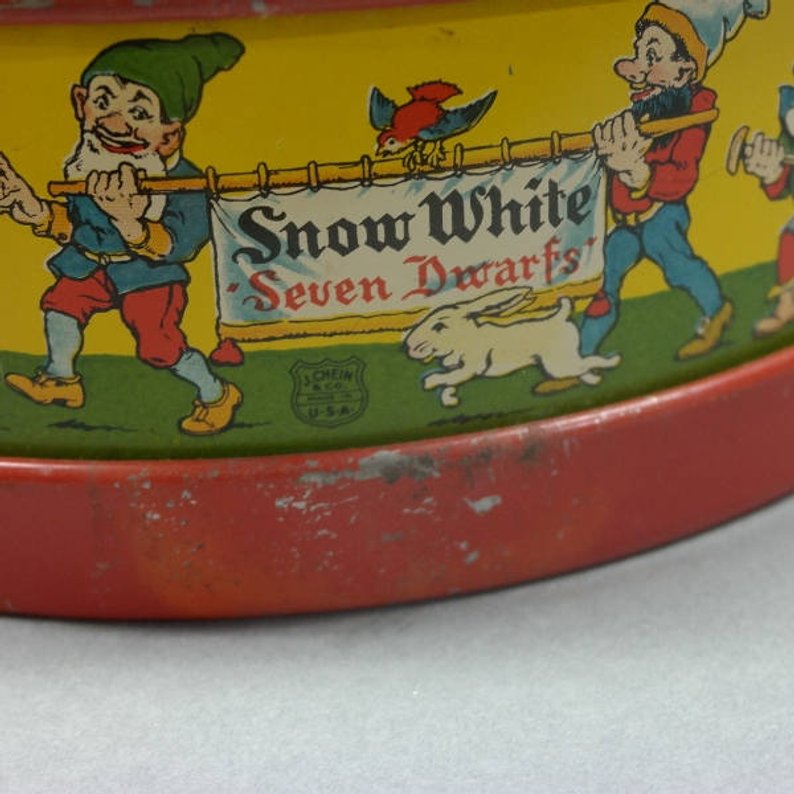
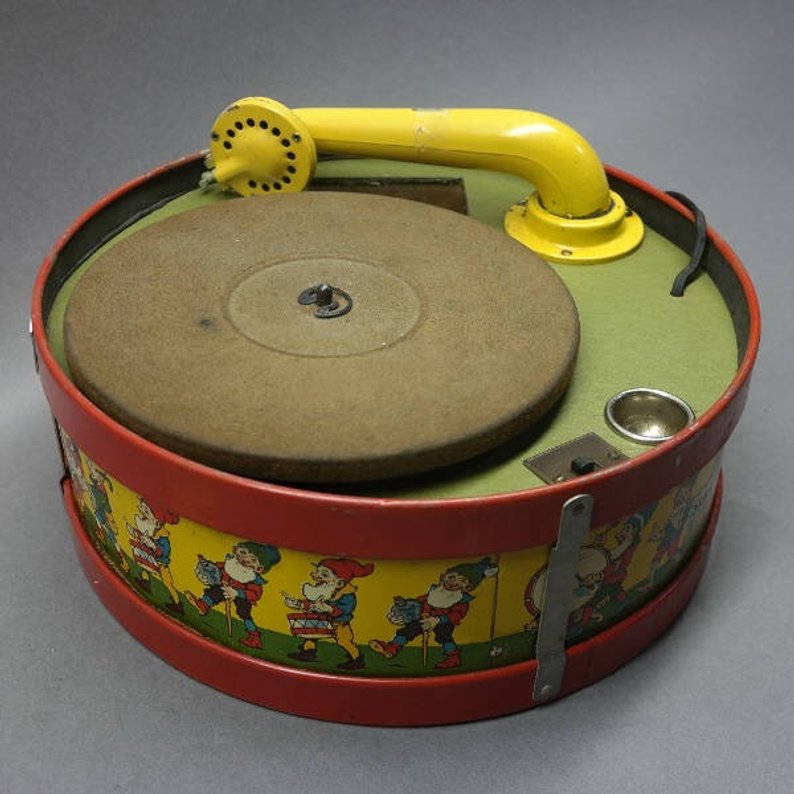

Portofonic, New
Fono Drumette, J. Chein & Co., circa 1930's, 78rpm record player.
The 13” diameter by 4 ¾” tall tin lithographed drum body is titled
“Snow White and the Seven Dwarfs.”
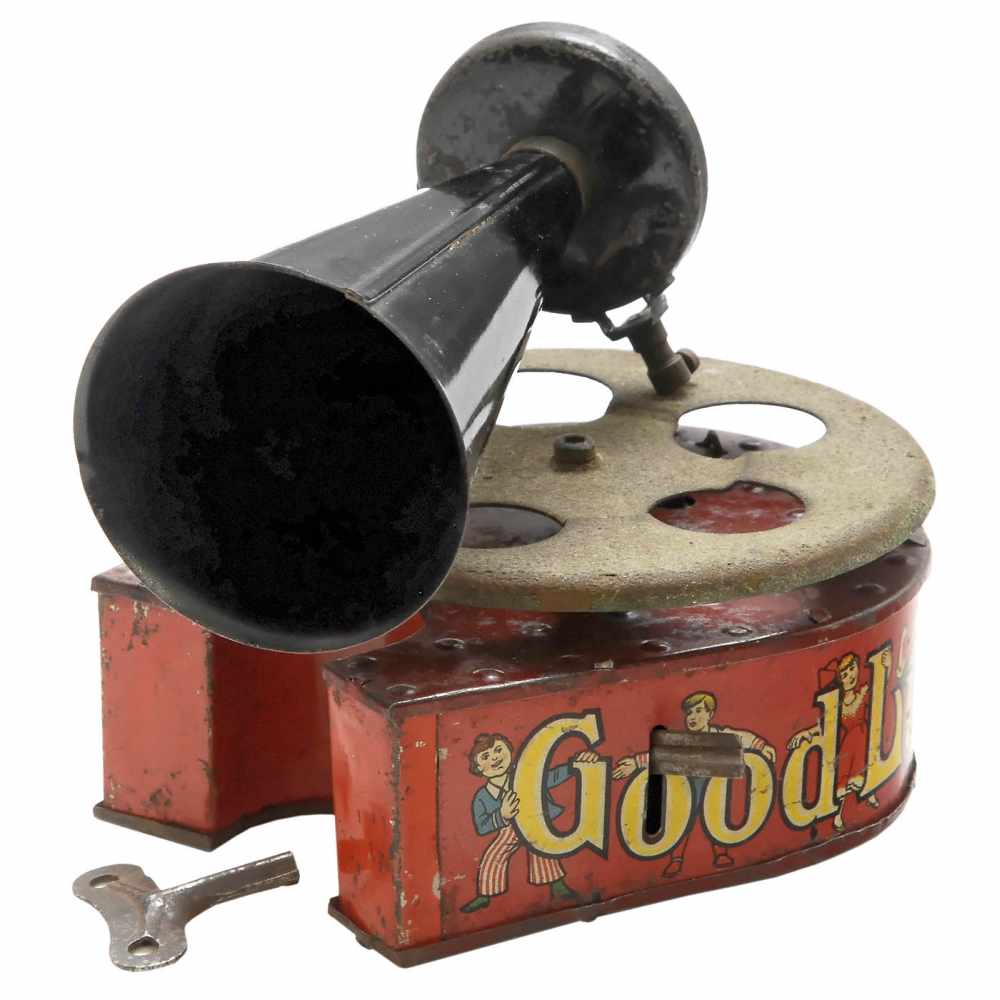
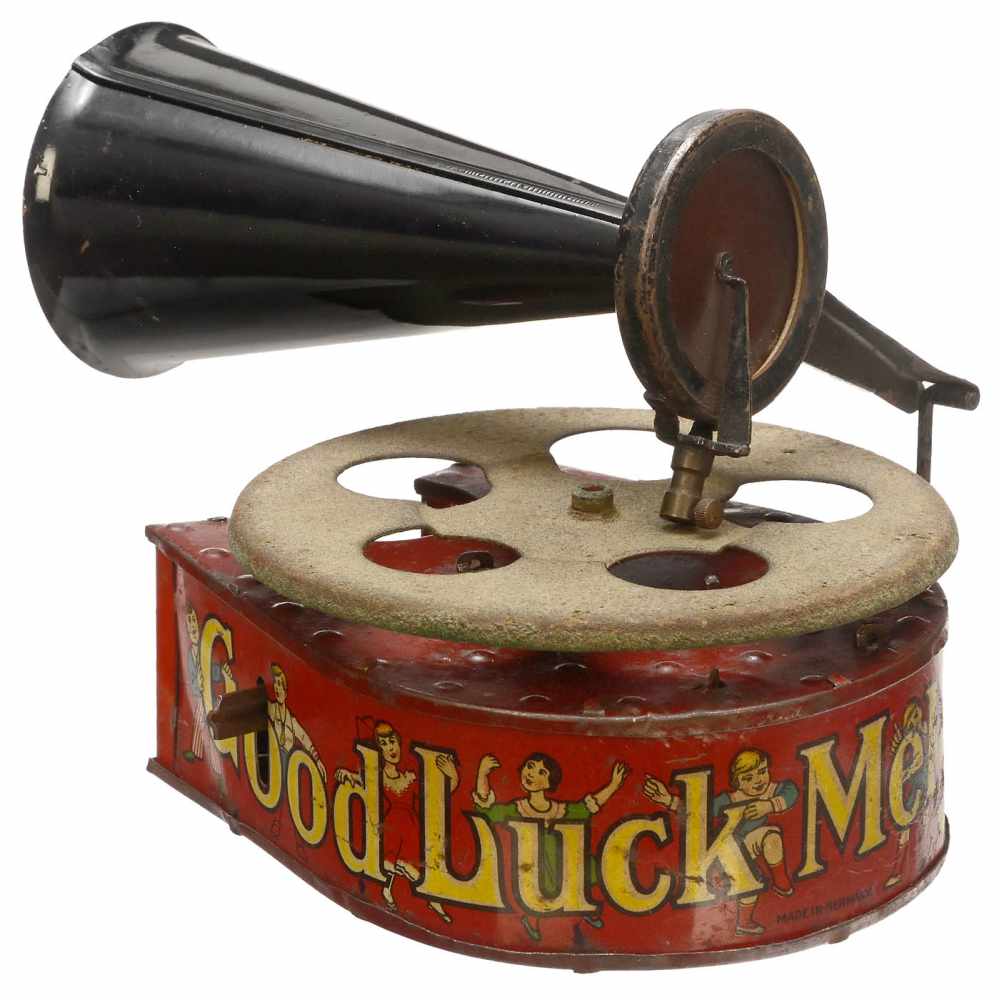
"Good Luck Melody Box"
Tin Toy Phonograph, c. 1925 - Made in Germany
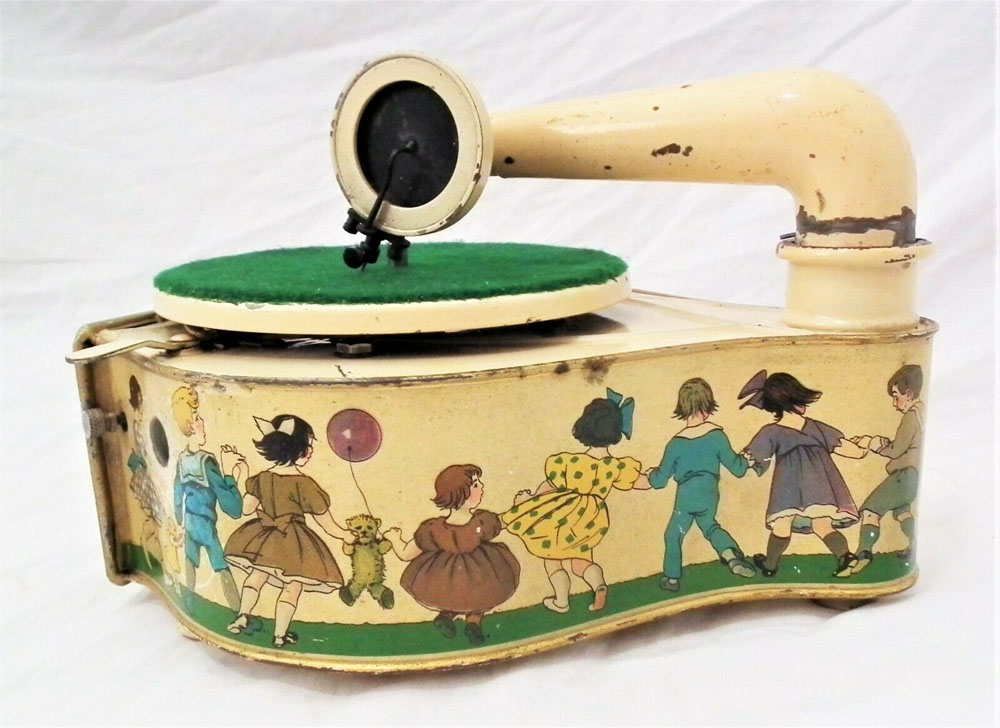
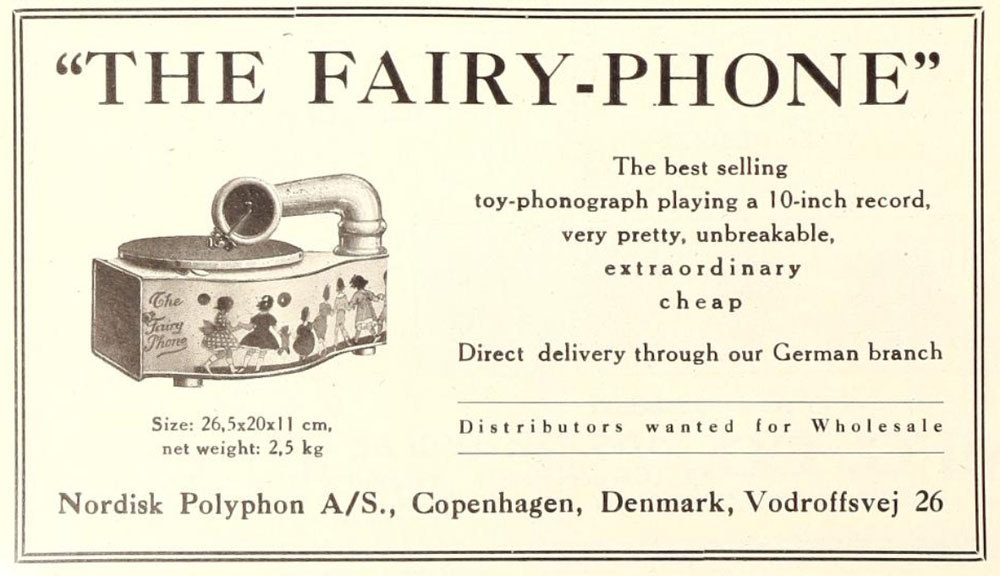
The Talking Machine
World, August 1923
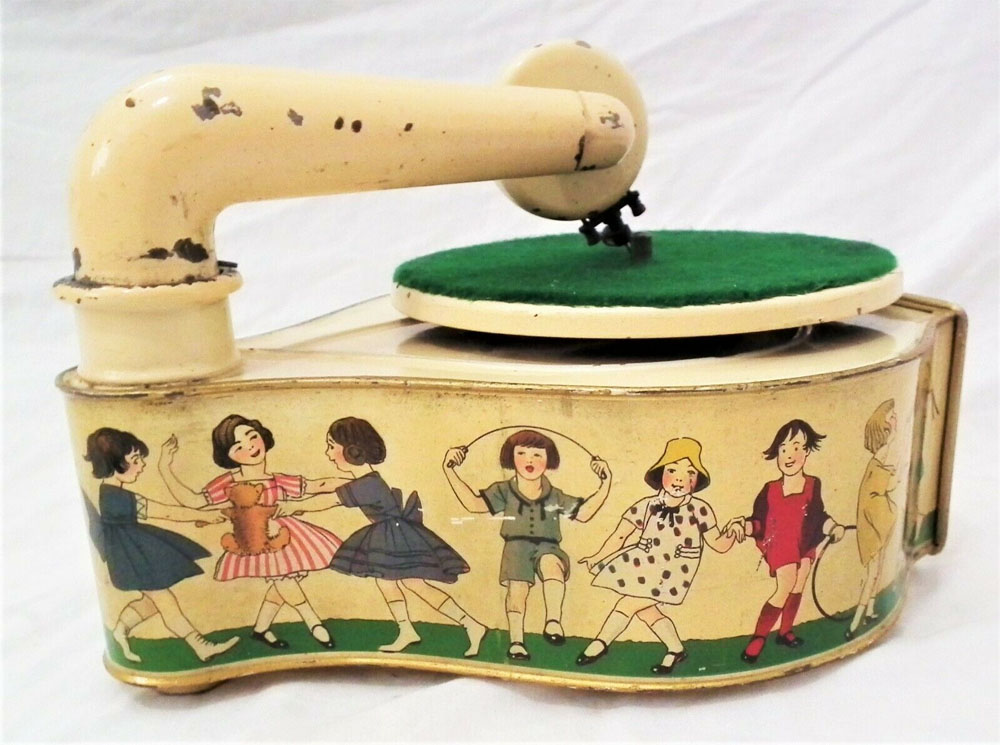
The Fairy Phone - Leipziger
Company, Nuremberg, Germany
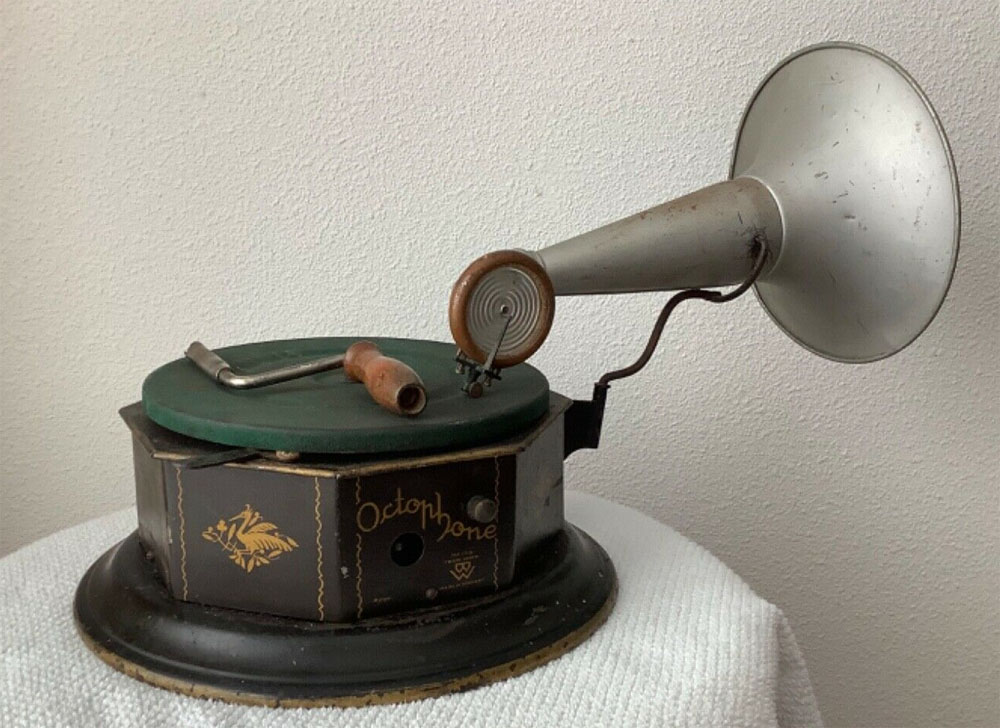
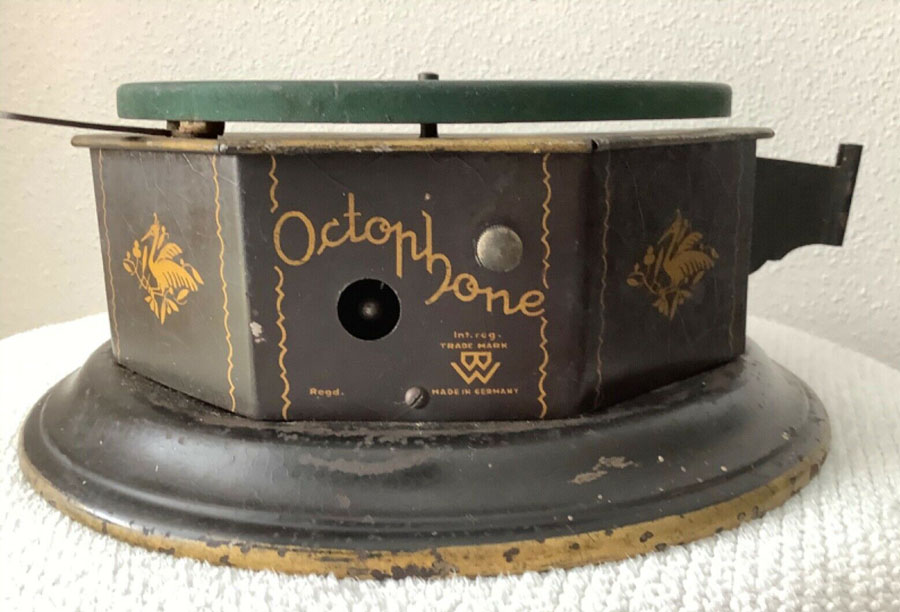
Bing Octophone, Germany
ca. 1925

Phonographia